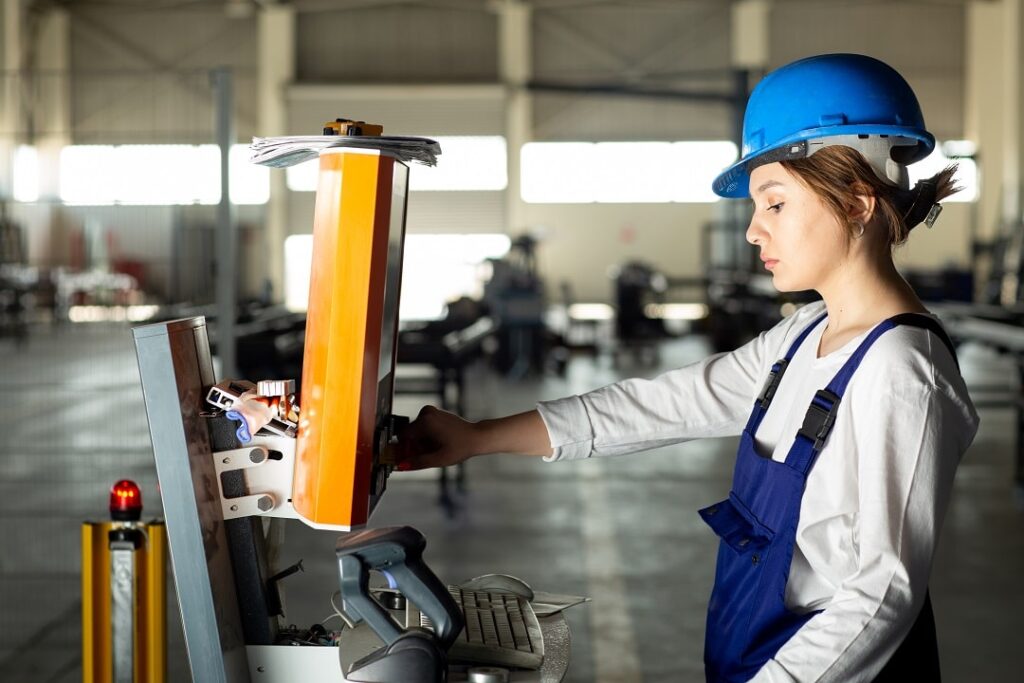Let's Understand
Industrial Ergonomics
Industrial Ergonomics focuses on the design and use of equipment and systems that do not damage industrial workers’ health or it can also be explained as the study of adapting job tasks to human abilities and natural body movements. Our major concern in industrial ergonomics is to ensure workplace safety by reducing factors that increase the risk of an accident or stress-related injury.
Exposure to repetitive stressors within a workplace or to requirements that force the human body to exert force in a manner to which it is not adapted can lead to work-related musculoskeletal disorders (WMSDs) or a sudden physical injury.


